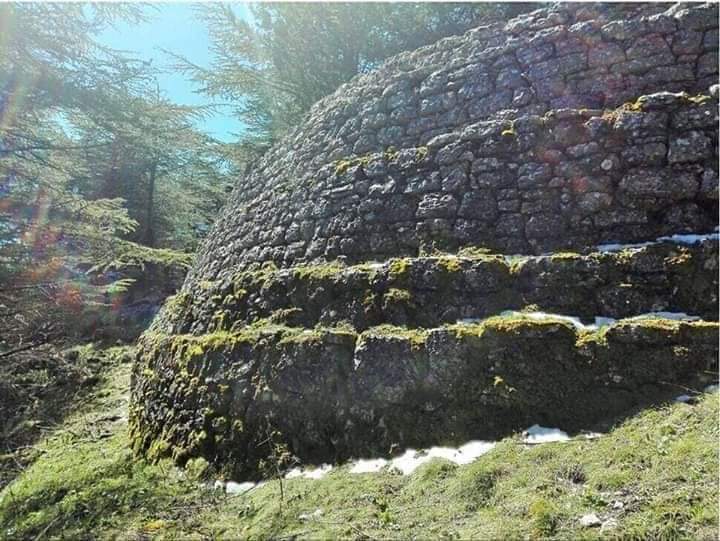Monte Cammarata - Contrada Salaci (ITA040005)
Site type: SAC - Special Conservation Area
Code: ITA040005 - Hectares: 2107
Description:
Other Site Characteristics
Mount Cammarata is made up of a skeleton of doolithic calcarenites accompanied by calcisyltites, breccias, silicized turbidites; outcrops of clay
marly, red and green marl, calcilulite and marly limestone are present in particular along the eastern side. Interesting fossil finds from the area are known
Trias that testify to the presence of marine environments. The soils are attributable to brown soils, regosuoli, vertisuoli and lithosols. For the Piano del Leone station it is
reported an average annual temperature of 13 ° C, rainfall of 826 mm; Upper subhumid upper Mesomediterranean bioclimate.
4.2Quality and importance
Monte Cammarata, the highest peak of the Sicani (1578 m), has an extremely rugged morphology, characterized by cliffs, valleys, breciai alternating with
gentler slopes. In relation to the geo-pedological diversification, the flora is quite varied and includes numerous species of phytogeographic interest. There
natural vegetation consists of more or less degraded woods dominated by holm oak and downy oak (Quercion ilicis). Fragmentary are also aspects of
shrub vegetation with euphorbias, hawthorns, brooms, blackthorns, etc. There are also large areas occupied by steppe, nitrophilic or herbaceous vegetation
ruderal, linked to both abandonment of crops and grazing and fires. On the slopes subject to fire and pasture there are also prairies of Ampelodesmos
mauritanicus, characterized by a rich floristic cortege. On the gullies there are communities of saline clays. They are widespread in rocky environments and in breaches
specialized cenoses in which numerous endemic and rare species participate. Aspects of hygrophilous forest with poplars, willows, and ash trees are present along the waterways
and in particular to c.da Salaci. Large areas of the site are currently occupied by artificial forest stands often made up of exotic species such as
eucalyptus, pines, cedars and cypresses
Source: Ministry of the Environment Natura 2000 form
Ministerial data: Ministerial Map Natura 2000 form
Card insertion: Ignazio Caloggero
Photo: web
Information contributions: Ignazio Caloggero, Region of Sicily
Note: The populating of the files of the Heritage database proceeds in incremental phases: cataloging, georeferencing, insertion of information and images. The cultural property in question has been cataloged, georeferenced and the first information entered. In order to enrich the information content, further contributions are welcome, if you wish you can contribute through our area "Your Contributions"



